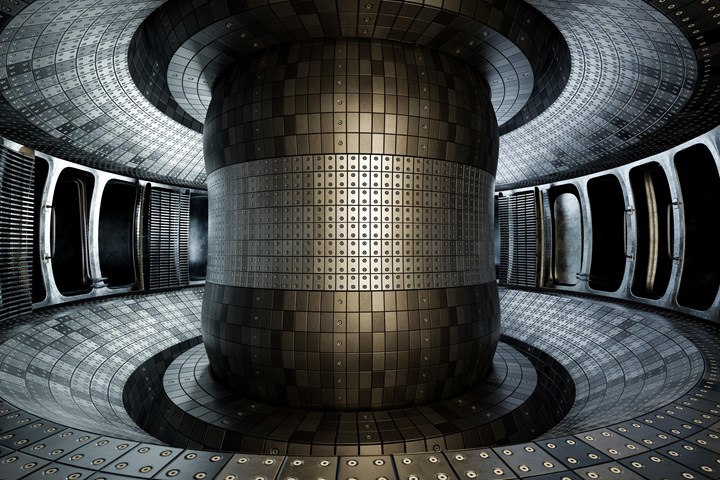Collaboration between NCC, UKAEA to develop fusion-grade SiC/SiC composites
High-volume composites development for future fusion power reactors under HASTE-F program accelerates U.K.’s net-zero energy generation, drives transformation in industries that use high-temperature CMCs.
The National Composites Centre (NCC, Bristol, U.K.) has announced that it will be supporting the UK Atomic Energy Authority (UKAEA, Abingdon) on the HASTE-F program, sharing knowledge and expertise in the application of silicon carbide ceramic matrix composites (SiC/SiC) in future fusion power reactors.
Funded by the Royce Materials Challenge Accelerator Programme (MCAP) and led by UKAEA, HASTE-F is focused on addressing key engineering challenges in the use of SiC/SiC as a fusion material. Working with UKAEA, the NCC reports that it has identified a step change in SiC/SiC manufacturing that has the potential to transform the fusion sector, developing an efficient, scalable and cost-effective manufacturing route for “fusion-grade” SiC materials.
“Silicon carbide composites have the potential to enhance fusion by enabling reactors to operate at higher temperatures for improved thermal efficiency, greatly increasing the commercial viability of fusion energy production,” Dr. James Wade-Zhu, senior materials engineer, UK Atomic Energy Authority, says. “We are pleased to be working closely with the National Composite Centre to address concerns around the scalability, formability and performance of current SiC/SiC grades, bringing about the generation of new UK IP in the process.”
SiC/SiCs are damage-tolerant materials which exhibit high radiation resistance and have operating temperatures of up to 1,600°C (2,912°F). They are ideal candidate materials to withstand the extreme environments within a fusion reactor. The materials also exhibit low density, delivering advantages over traditional metallic materials.
Compared with advanced steel designs, SiC/SiC components used in fusion reactors have the potential to double the electricity generated from every gigawatt of thermal energy produced. This increase in efficiency of future fusion reactors could save the U.K. billions of pounds in reduced energy costs, and reduce the number of reactors required to meet demand.
Importantly, the collaboration between UKAEA and the NCC has resulted in a process innovation that reduces the cost of manufacturing to one fifth of what can currently be achieved while shortening cycle times. HASTE-F also increases design freedom for fusion components by enabling more complex shapes and thicker sections than can be made via current manufacturing methods. These advances will enable engineers to access all the advantages of SiC/SiC at a far lower price point. The NCC is pioneering the industrialization of U.K. SiC/SiC design, modeling, manufacturing and technology capabilities that will feed into the fusion industry, making it more scalable, accessible and cost-effective.
Fusion energy will play an important role in delivering long-term U.K. energy security, with the Spherical Tokamak for Energy Production (STEP) program aiming to construct the first grid-connected reactor by 2040.
Related Content
-
RATH works with InVECOF project to mature oxide fiber production in Europe for CMC
Producer of Altra ceramic staple fibers aims to scale up continuous Ox fibers to compete with Nextel 610 and 720, and with its partners, offer improved fibers with creep resistance for higher temperature CMC applications.
-
Lucideon, NCC partner to develop next-gen CMC solutions
This close collaboration will develop, analyze and evaluate advanced materials and applications to support the emerging demand for materials that can survive high-temperature, extreme and harsh environments.
-
DITF Denkendorf advances sustainable carbon fibers, oxide fibers for CMC and more
The German Institutes of Textile and Fiber Research are targeting more sustainable carbon fiber via low-pressure stabilization and bio-based precursors, and working with Saint-Gobain to commercialize oxide ceramic fibers for CMC.

















